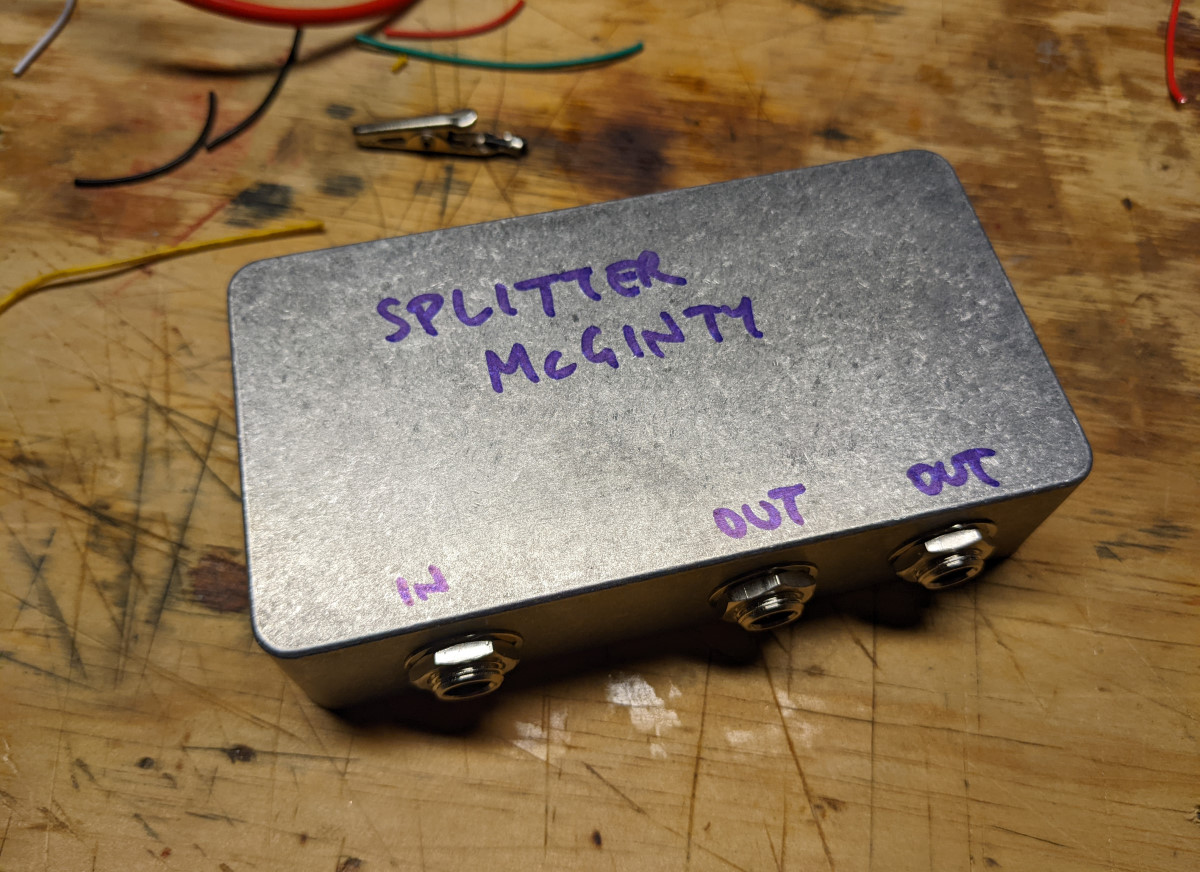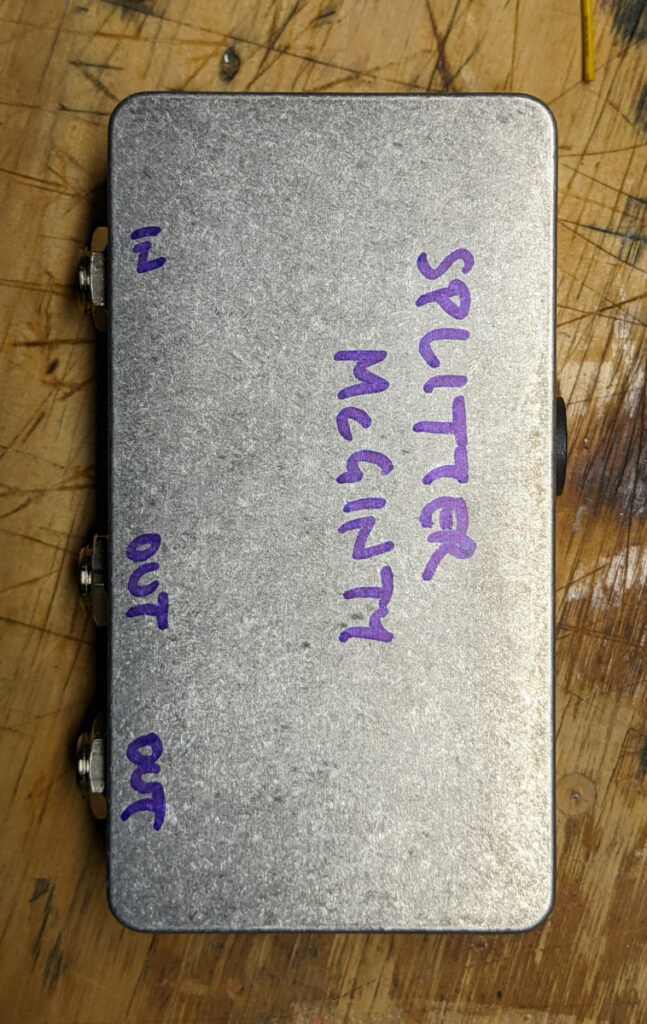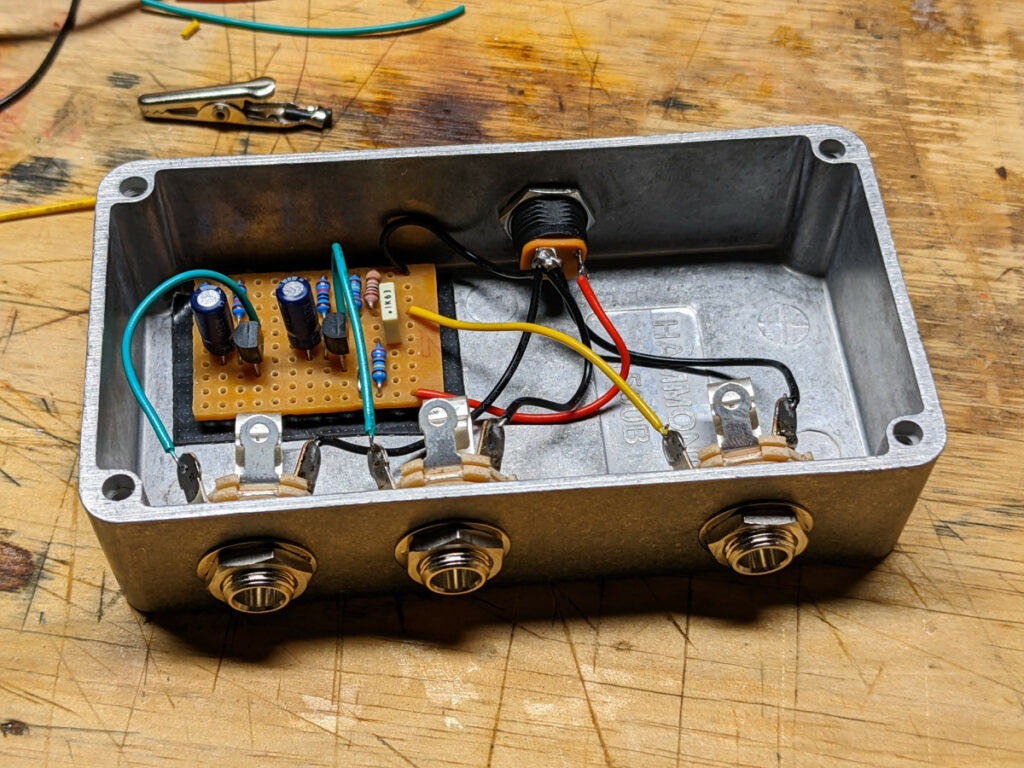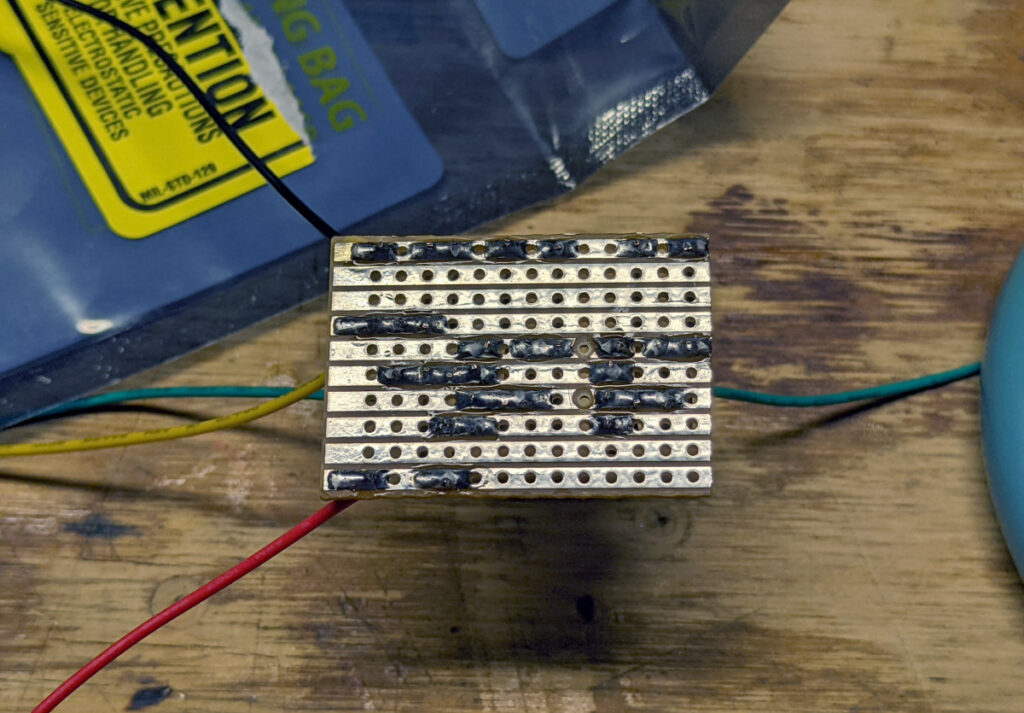

the Splitter
Dick “Splitter” McGinty was a baseball player who played for the Rahway Roughways from 1894-1897. Many assume that he invented the split-finger fastball, or “splitter,” based on his nickname, but this is incorrect. Upon entering the batter’s box, Splitter McGinty would assume a stance so wide, it would have made Von Hayes appear to be standing upright. In an effort to make the strike zone as small as possible, he would essentially drop into a split, confounding pitchers and umpires alike, since the rules of baseball wouldn’t be established for several more decades. When he was called up from the minor league affiliate Ho-Ho-Kus Hocus Pocus, his scouting report read only, “Splitter don’t catch, hit, or run, but hoo-boy, he’s limber for a land mammal.” Unfortunately, after being walked a record-setting 22 times in a single game, he drew the ire of Ermil “Ol’ Feet” Frelinghuysen, who hurled a pitch low and inside, cutting short McGinty’s baseball career and plans for procreation.
Oh, wait…no. This is just a box that splits a guitar signal into two buffered signals, which is super boring. I just randomly gave it a name.
Details
I’ve recently found myself wishing that I could record a track through an amp or amp sim with a bunch of effects going, but also have a clean version of the same thing in case I need to adjust it later (like with a re-amper) or leave a clean(er) version in a mix to provide some definition. I particularly find this on bass, possibly because I’m terrible at bass and the gulf between what sounds good to me at the time vs. what sounds good in a mix is even wider for me on bass than it is on guitar. I could just record it clean in the first place, but it’s not as much fun, and maybe subconsciously takes me out of the zone. I already have some pedals with multiple outputs that can kind of act as splitters, but I really wanted something simple and dedicated with no knobs or options that does exactly one thing: split a signal.
Splitter McGinty is basically two thirds of Jack Orman’s AMZ JFET Splitter. His has three outputs and I only really needed two, but it’s designed in a modular way and I just chopped one off. My implementation uses J201 JFETs in the buffered outputs. This was also my first attempt at using Veroboard. I’ve built a ton of things on old-school perfboard, which is a generic circuit board material with a grid of holes and individual solder pads for each hole. On perfboard, all of the components need to be manually connected to each other to complete the circuit. Veroboard is similar, except that the rows of holes in one dimension are already connected by a strip of metal, so with a careful layout and a few cuts and jumpers, you can get a lot of connections “for free.” Vero is popular among pedal builders, and there’s a whole system for annotating circuit layouts that can be used to share circuit designs. I didn’t initially feel like it was going that well—I tend to think that my soldering hand is pretty strong at this point, but I was getting a lot of clumps of solder without even completely filling the holes, and there isn’t flow-through to the other side like on a printed circuit board (at least there wasn’t for me). I thought that maybe the rows of metal were acting as heat sinks, so I increased the temperature of my iron beyond what I’d usually use on a PCB, and was able to get it to flow out a little better. It still doesn’t look great to me (with limited basis for comparison), but it definitely worked.
Vital Stats


